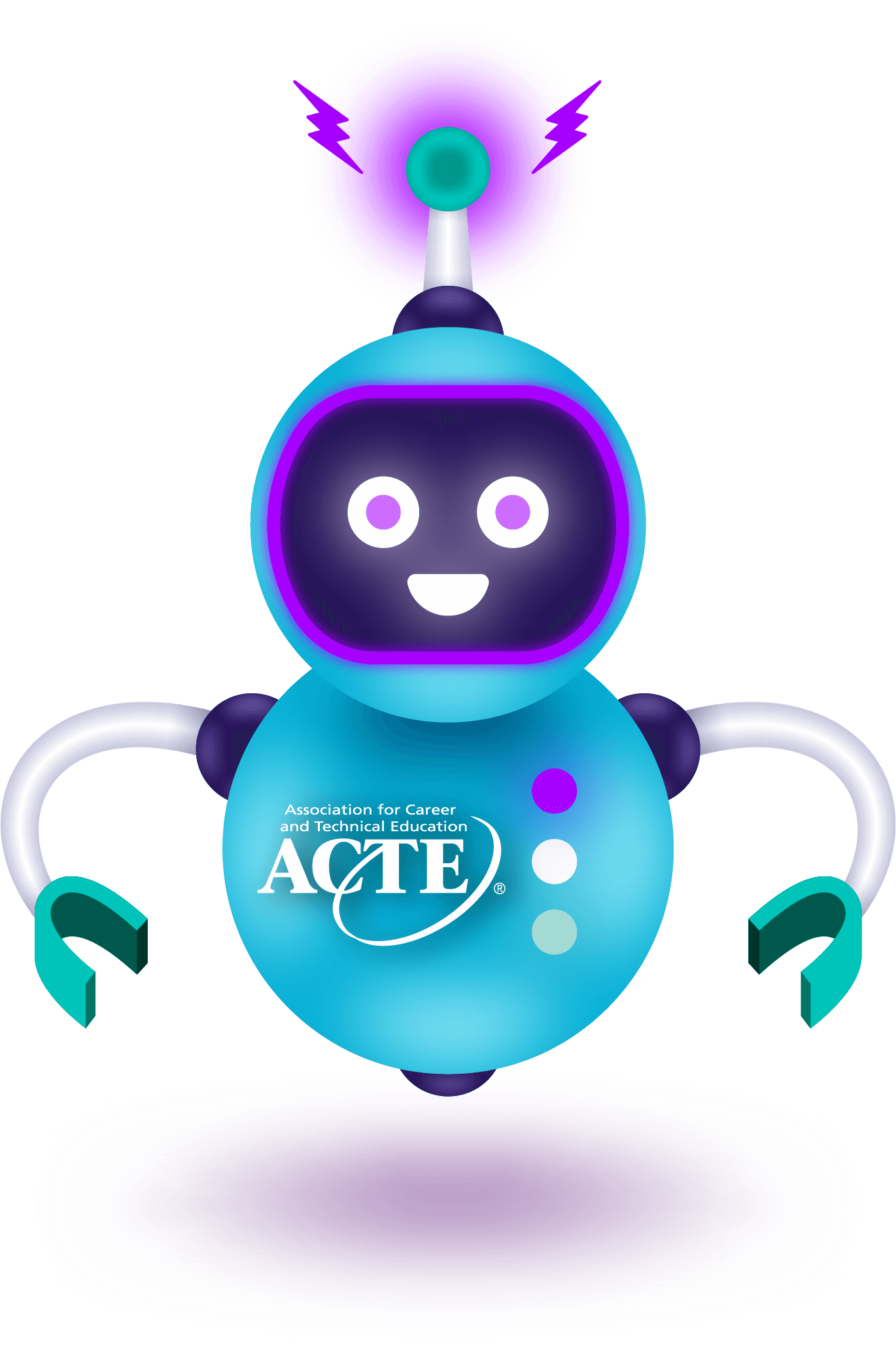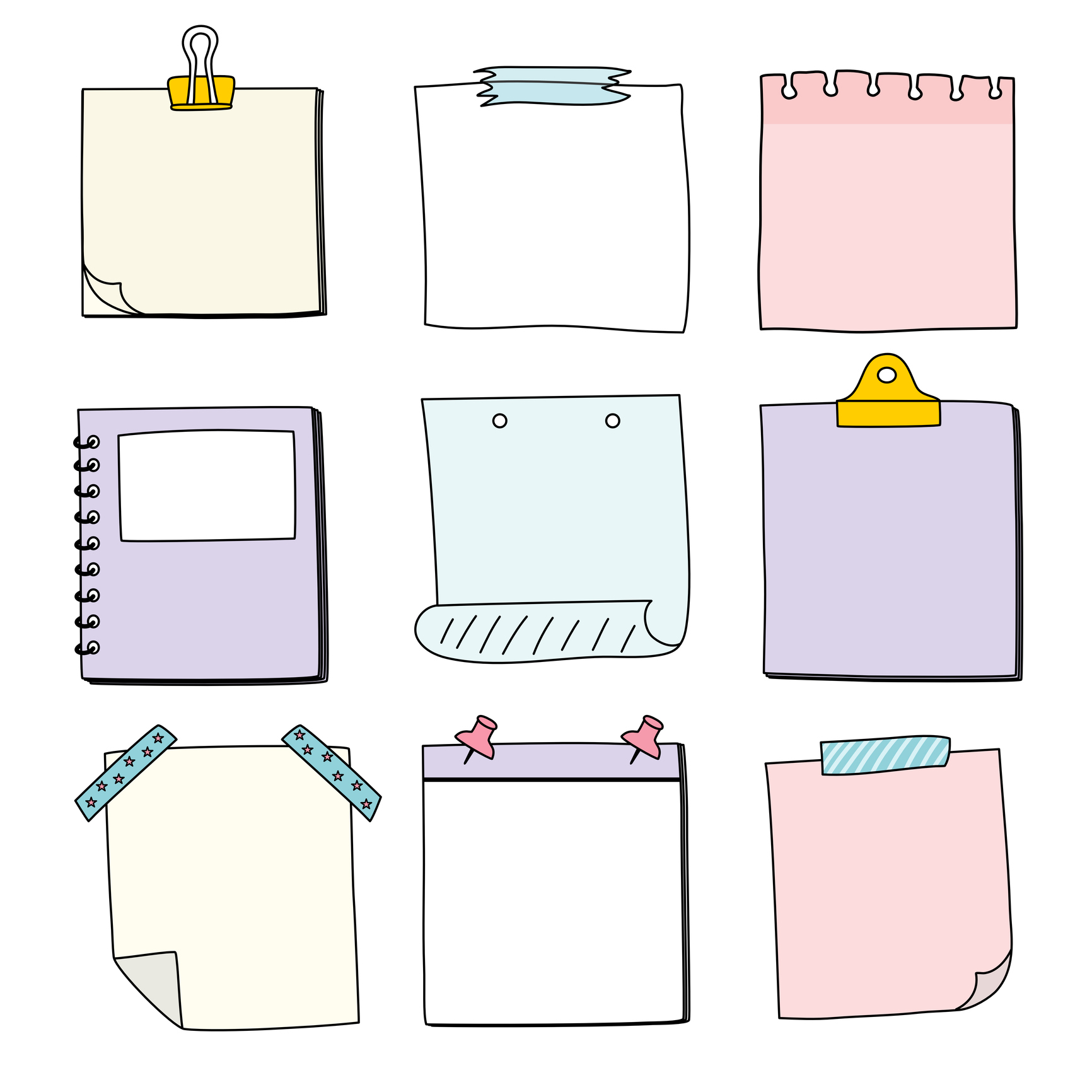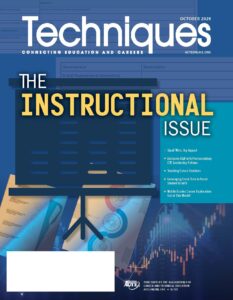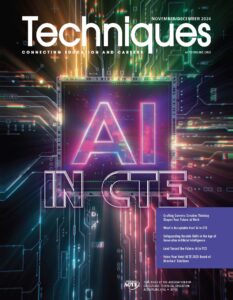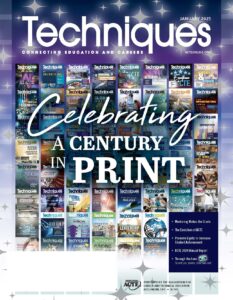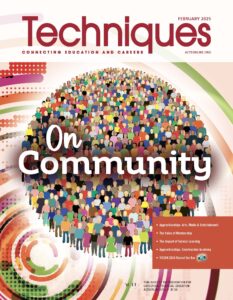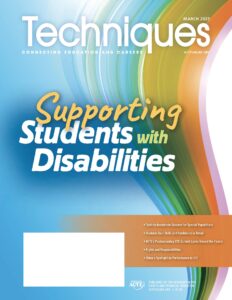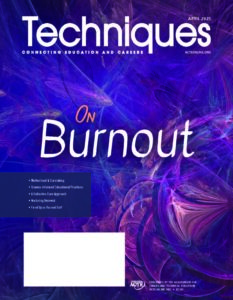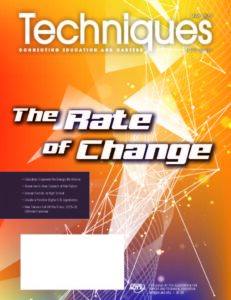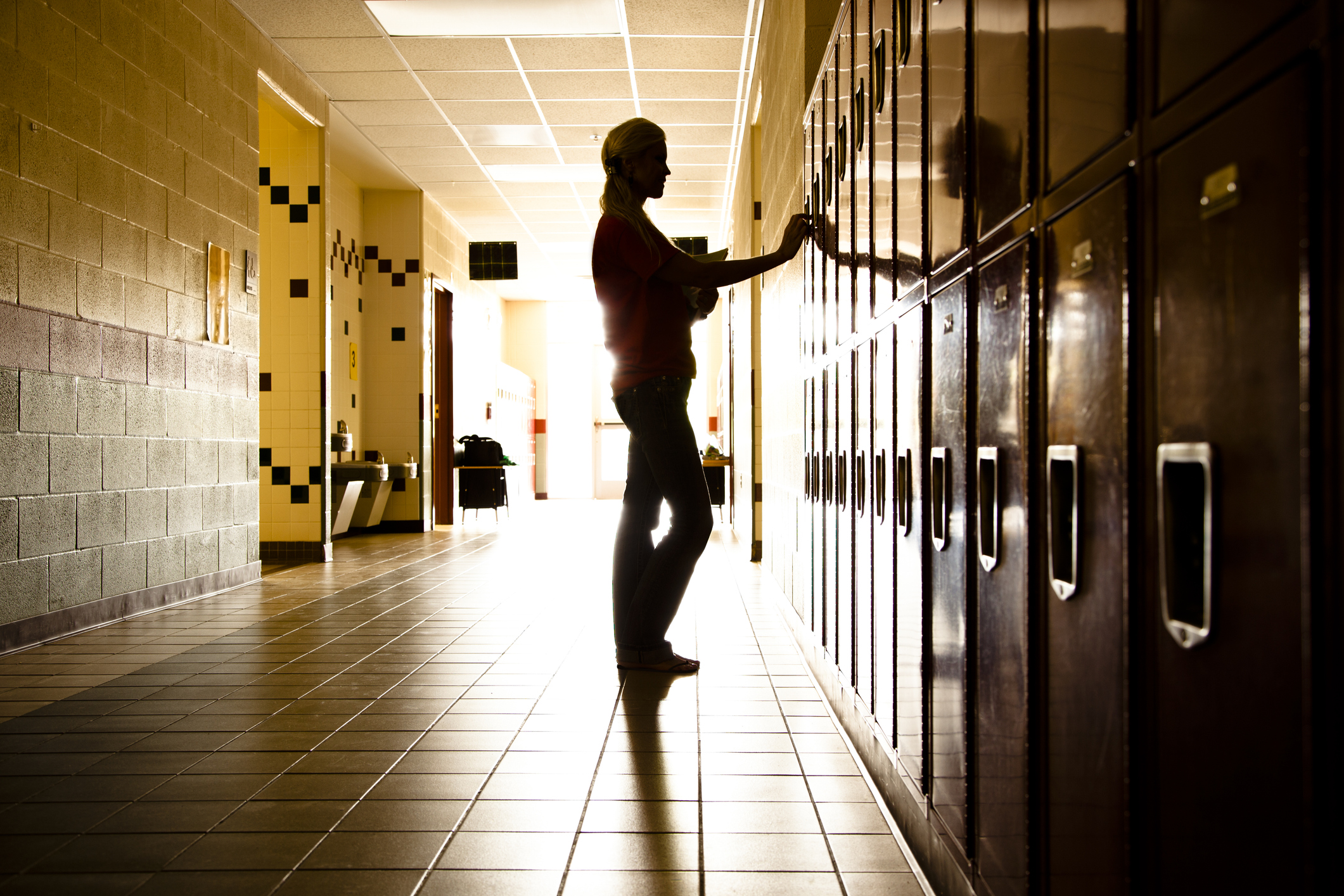Content note: This article includes discussion of suicide. Reader discretion is advised. If you’re experiencing thoughts of suicide, please call or text 988 to reach the Suicide and Crisis Lifeline for immediate support
While teaching has never been an easy job, once, prior to the COVID-19 pandemic, there was the steadiness of routine. Then 2020 and the years that followed wreaked havoc on our educational system. Fear gripped society. Parents worried about the safety of their children returning to school. Educators and psychologists expressed concern about the repercussions of students not being in school. No one seemed to have the right answer.
It was during this time that burnout among educators reached a fever pitch. Personally, after 20 years in the classroom, it was time for me to find a new normal. While I cherished the memories and relationships I had built with students, I knew that my experiences were leading me to opportunities to help fellow teachers cope with the stressors. I accepted a position in CTE leadership.
I was excited! But I also felt quite overwhelmed with the idea of other professionals depending upon me for advice and mentoring. A new job in a new school was a lot to absorb.
When a comforting word isn’t enough
One afternoon, as I was scrolling social media, I noticed a post from a longtime friend who was also a high school educator. She and I had known each other since seventh grade, and we often competed for the same positions and opportunities in our youth. We found comfort in commiserating with one another about the struggles of being a teacher in our current climate. She often spoke about never feeling like she was doing enough, like she wasn’t enough.
I understood her frustrations because I had them as well. In any room full of educators, conversations quickly turn to the perils of the educational system and how powerless we are to change anything. It’s a discussion that I’ve had dozens of times only to be left with a deep sense of inadequacy.
But this time, for her, it was different. She had filed for a separation of employment with her school system. Following a 30-day notice, she would no longer be a teacher. Part of me feared for her; that was the only career she had ever known. Another part of me envied her, though. She was taking a daunting step into a new world. She could do anything she wanted. I knew that I must reach out to her and let her know how proud I was of her bravery.
As days went by her social media posts had a lightness to them, as though she was enjoying her newfound freedom. She spoke of comedies that she had never taken time to watch and activities that she had never had the flexibility to enjoy. I was still trying to find the time and right words to say, but I would contact her soon. I promised myself.
Then I received a message from one of my high school teachers. She had been a mentor to both my friend and me as we began our journeys in education. She told me that my beautiful friend had died by suicide the previous evening.
On burnout
The immense pressure that is placed on educators is overwhelming and often unnecessary. Shortly after hearing of the death of a wonderful educator and friend, I knew that my career focus would soon become centered around helping educators find balance and peace in an industry that does not afford those luxuries easily.
Burnout, often stigmatized, has been added to the International Classification of Diseases by the World Health Organization (Bianchi & Schonfeld, 2019). It results from poorly managed chronic workplace stress and presents across three dimensions: emotional exhaustion, depersonalization or cynicism, and reduced professional efficacy (Lee & Ashforth, 1990).
Energetic creativity gives way to fatigue, sleep deficits and anxiety. Affinity for eager learners and inquisitive scholars becomes cynicism and social isolation in the face of burnout. Passion and ambition degrade into inadequacy and low morale.
Act with intention.
Managing a successful CTE program without succumbing to burnout requires an intentionally purpose-driven approach. Many resources designed to help fight burnout contain advice about mental-health days, exercise, sleep and proper nutrition. And while I am not discounting the importance of these methods, there is no panacea for educational burnout, especially when educators feels as though they are holding on by the thinnest of threads. Fortunately, I have found five methods that work for me. They are simple, but effective if implemented with fidelity.
1. Embrace time management.
One thing is certain, there are but 24 hours in a day. While a static number of hours must be devoted to work and sleep, there are hours that are within your locus of control.
2. Become a student of yourself.
I have come to better understand my needs with regard to burnout. As a person that tends toward introversion, I can recognize the signs and symptoms when I need to recharge my social battery. And I make a concerted effort to close my door and do that.
Humans are social beings. While some of us are more social than others, we all look for personal connection. Find people with whom you can form strong relationships and build each other up.
4. Search for goodness.
It’s much more tantalizing to dwell on the downfall of others than to celebrate their successes. I can very easily become bogged down by the frustrations in my life. But then I find that actively looking for goodness is much more challenging and rewarding.
5. Allow yourself grace.
I can be so hard on myself. When I speak to others, I often find that they have a much higher opinion of me than I have of myself. The first step in rehabilitating this line of thinking is to acknowledge that mistakes are okay, and perfection isn’t achievable.
If you are struggling with burnout, you do not have to do it alone. Please know that there is a huge community of like-minded educators struggling with the same insecurities. Reach out and allow others to know the trials you face. There is help if you are willing to take the first step toward healing.
Kaye Harris is a CTE coordinator for Polk County Schools in North Carolina. Prior to her present role, she served as an agriculture teacher and FFA advisor for many years. She is currently a doctoral student in school leadership at Gardner-Webb University with a research focus on teacher burnout related to career and technical education.
